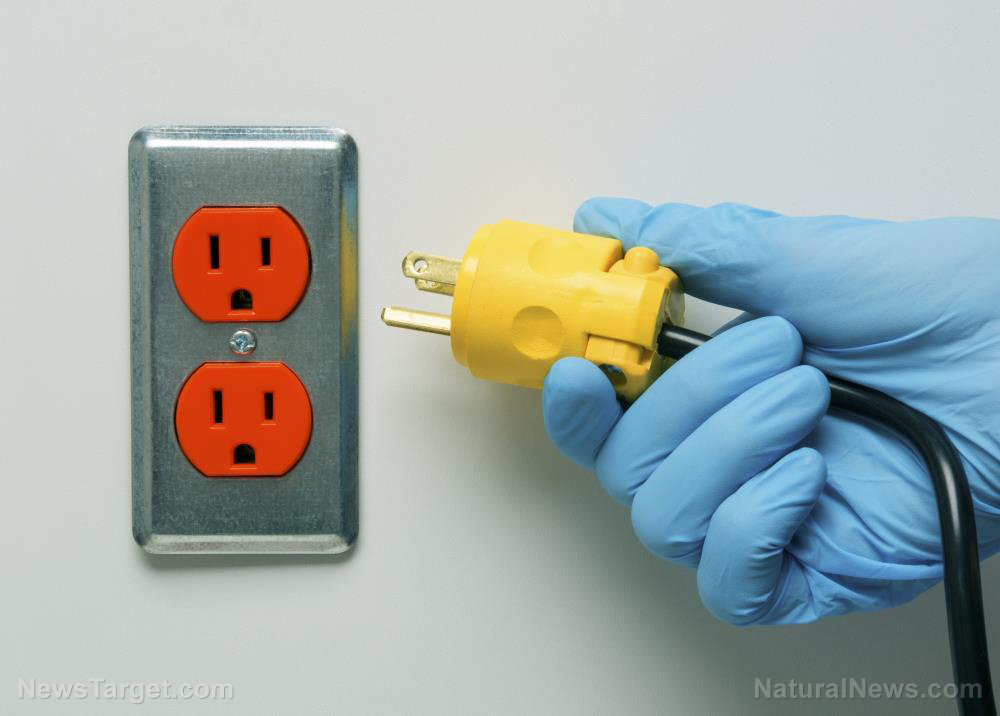
Citing data from open vessel database Fleetmon and investment firm Liberum, the Telegraph reported that the number of ships waiting outside Shanghai and Hong Kong ports had also risen. It also mentioned that the number of goods stuck in harbors have increased. These problems have extended to ports located in the North Sea.
Joachim Klement, Liberum strategy analyst, commented on the update: "The main development of March is the reappearance of shipping congestion in the ports of Asia and the North Sea. Although we have already seen the effect of the Ukraine war on the resurgence of congestion, other effects are yet to come. Effects such as rising fuel costs, carrier boycotts and rail-to-sea conversions are yet to be reflected in shipping costs increases." (Related: Shanghai covid lockdown to exacerbate supply chain crisis, making shipping containers nearly impossible to source.)
Beijing's strict adherence to the "zero COVID" policy, which includes mandatory quarantine for individuals that test positive for COVID-19 despite having no symptoms, is impacting Chinese ports. The policy is contributing to a shortage of dockyard workers and truck drivers who spend time in isolation instead of transporting goods.
Roukaya Ibrahim, daily insights strategist at BCA Research, remarked that COVID-19 mandates for truck drivers exacerbate the supply chain snags.
"The trucking shortage, along with a shortage of port workers, is also creating congestion off China's ports – which is slowing down the delivery of goods in and out of [the country]," she said. "Travel restrictions, quarantines and policies that require truck drivers to take COVID-19 tests before crossing municipal borders are delaying the inland transportation of goods between factories and ports."
Lockdowns bringing Shanghai residents to their breaking point
The more infectious yet milder B11529 omicron variant is responsible for the COVID-19 outbreak in Shanghai and other Chinese cities. According to the Telegraph, while the supply chain snags should be eased by reopening of businesses in Western countries – China's adherence to zero COVID is causing severe disruption.
Under a "static management" policy, authorities have put Shanghai under a lockdown with people's movements severely limited. Dwindling food supplies have also made Shanghainese virtually prisoners in their own homes. Thus, many residents have taken to screaming about their predicaments from the balconies of their homes.
In response, authorities called on locked-down Shanghainese to "control their souls' desire for freedom." India Today reported that officials in the eastern port city deployed drones discouraging people from going to their balconies to voice out their frustration. "Control the soul's desire for freedom and do not open the window to sing. This behavior has the risk of spreading the epidemic," the drones blurted out.
Some residents, however, vented their anger toward the "big whites" – volunteers tasked to help curb infections in the city. One footage that went viral on social media showed angry residents shoving "big whites" in Tyvek suits. The volunteers then retaliate by beating the residents with poles. The brawl then disperses, but not without the volunteers admonishing the residents.
"It is clear from the interactions seen in the clips that there is a growing sense of animosity between the 'big white' volunteers tasked with controlling the city's outbreak and the increasingly frustrated residents," a report from News.com.au pointed out. "The volunteers spend their days carrying out millions of COVID-19 tests every day. They also distribute food to locked-down residential compounds, and make the call on who can leave their building and who has to stay inside."
CommunistChina.news has more stories about the Shanghai lockdown and its impact on the global supply chain.
Watch the video below that shows the chaos unfolding in Shanghai.
This video is from the Truthchannel channel on Brighteon.com.
More related stories:
Shanghai residents scream in protest due to lack of food, necessities amid COVID-19 lockdown.
Shanghai lockdown causing cargo backlog ripples throughout China.
Sources include:
Please contact us for more information.






















